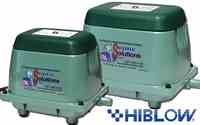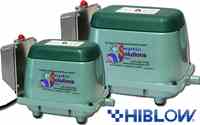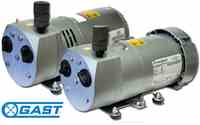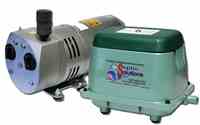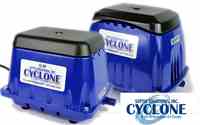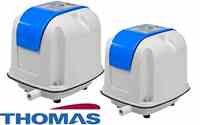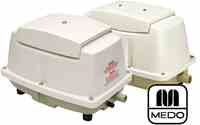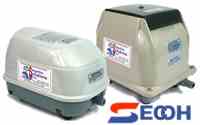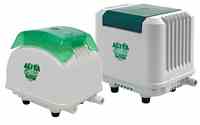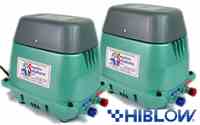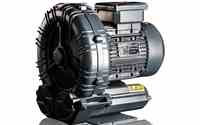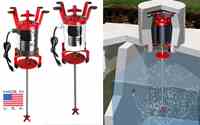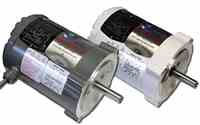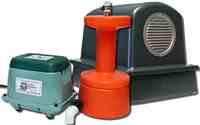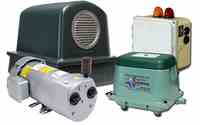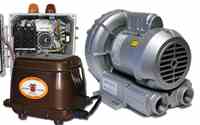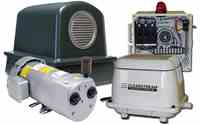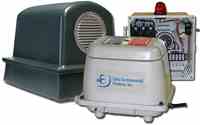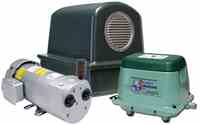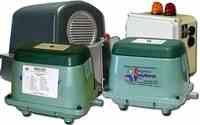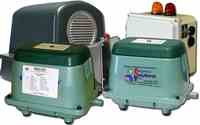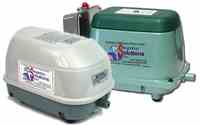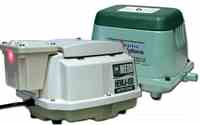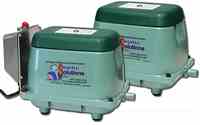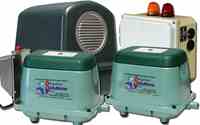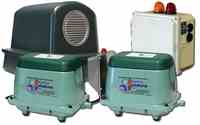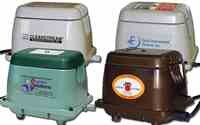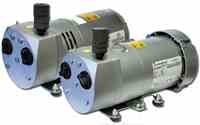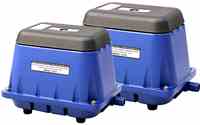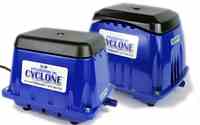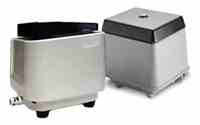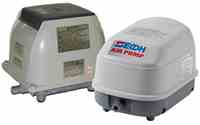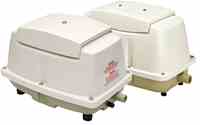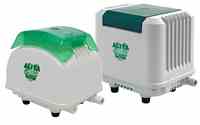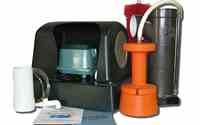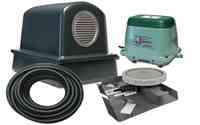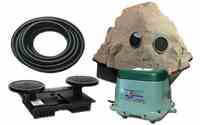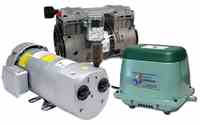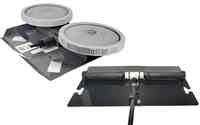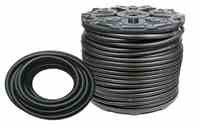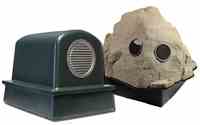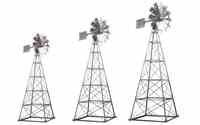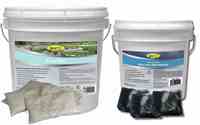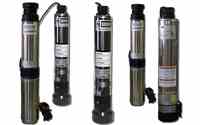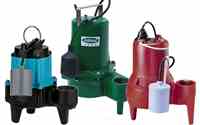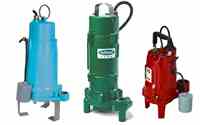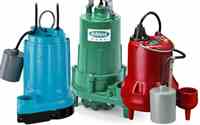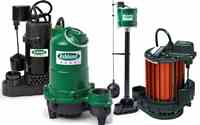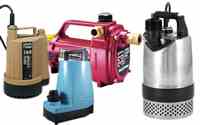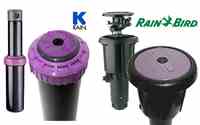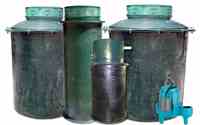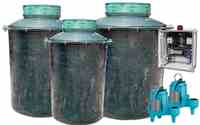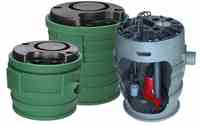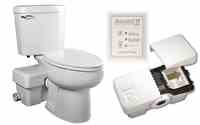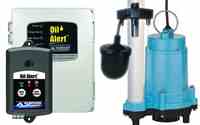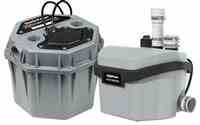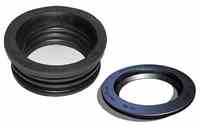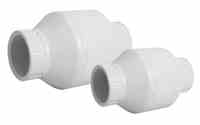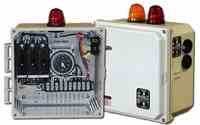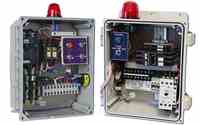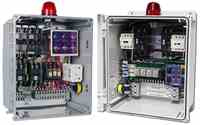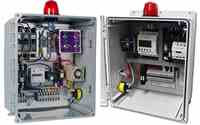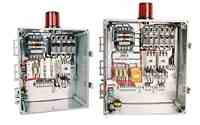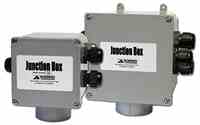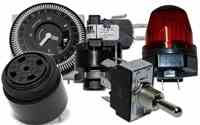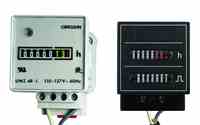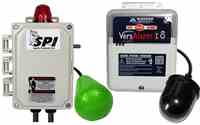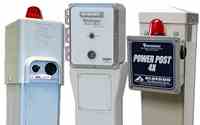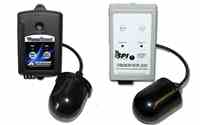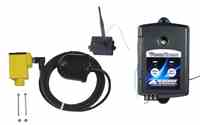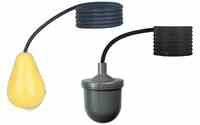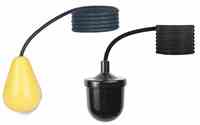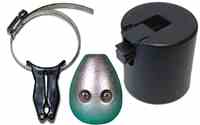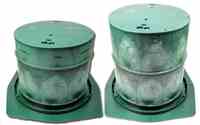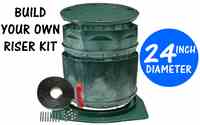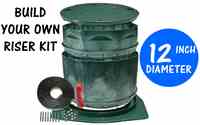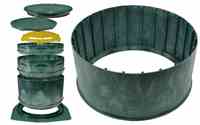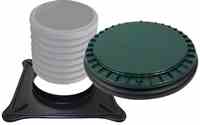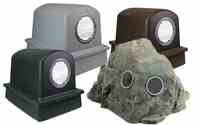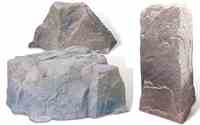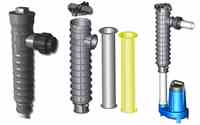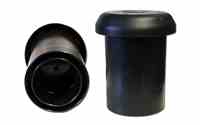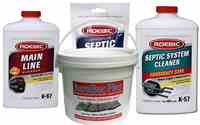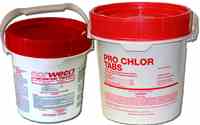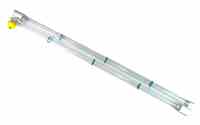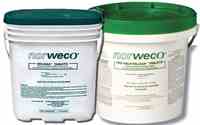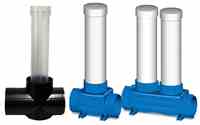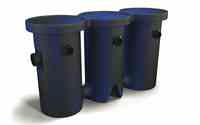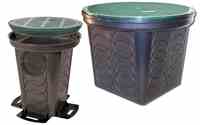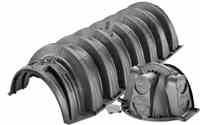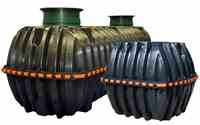The SepAerator® Aerobic Process
CHANGING THE DYNAMIC OF HOW A CONVENTIONAL SEPTIC TANK WORKS
Septic tanks are manufactured in a variety of sizes and are used primarily to capture and break down solids and other various liquids that are flushed down the drain. The septic tank has baffles prohibiting those solids from floating directly across the top of the tank and discharging into the secondary treatment system, such as field absorption, mounds, sandfilters, or virtually any type of secondary treatment system. Septic tanks utilize anaerobic bacteria, which will break solids down over an extended period of time. The septic tank should eliminate the majority of solids getting into the secondary treatment system, however most septic tank discharges are still approximately 70% raw sewage.
This raw sewage then passes into your secondary treatment system where Mother Nature’s natural aerobic processes must take over and clean this raw sewage before it is absorbed into the soils or filtered through sandfilters or mounds. The problem with this process is that over a period of time this sewage will seal or clog the pores in the soils, dramatically reducing the absorption capacity. Once this happens your secondary system fills with sewage until it backs up into your septic tank and potentially into your home or boils out of the ground. At this point expensive septic system replacement has been the solution.
REJUVENATE AN ALREADY FAILING SECONDARY TREATMENT SYSTEM
Sounds too good to be true, but the technology behind the SepAerator® is sound. When the proper amount of oxygen is added and correctly dispersed into a septic tank the breakdown process changes from anaerobic to aerobic. Aerobic bacteria will grow rapidly under these conditions. The SepAerator® will provide the adequate amount of oxygen into the tank through a combination of fine air and course air diffusion. The SepAerator® unique diffuser assembly, developed by Septic Solutions, Inc., will cause the solids to break down very quickly by the constant movement of the liquids and solids in the tank. As the solids and sewage continue to move breaking into smaller pieces, the aerobic bacteria, which is growing and thriving in this oxygenated environment, can easily attach themselves to those smaller particles and devour them very quickly.
The results are that in a short period of time the same septic tank that was discharging 70% raw sewage into the secondary treatment system will produce as much as a 90% clear and odorless discharge. Clear effluent is much more easily absorbed into soils than raw sewage. With an adequate amount of oxygen being introduced into the septic tank some aerobic bacteria being generated in the tank will discharge into the secondary treatment system and begin working on the sewage that has been clogging the soils. Usually within 4 to 6 weeks, there will be a dramatic improvement in most secondary treatment systems with results that could be expected to drop the liquid level in subsurface seepage systems significantly. With the assistance of the SepAerator®, Mother Nature can do her job much easier and more effectively.


